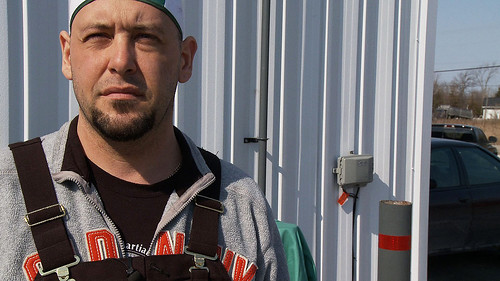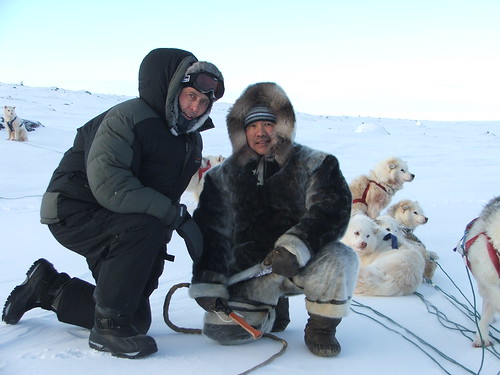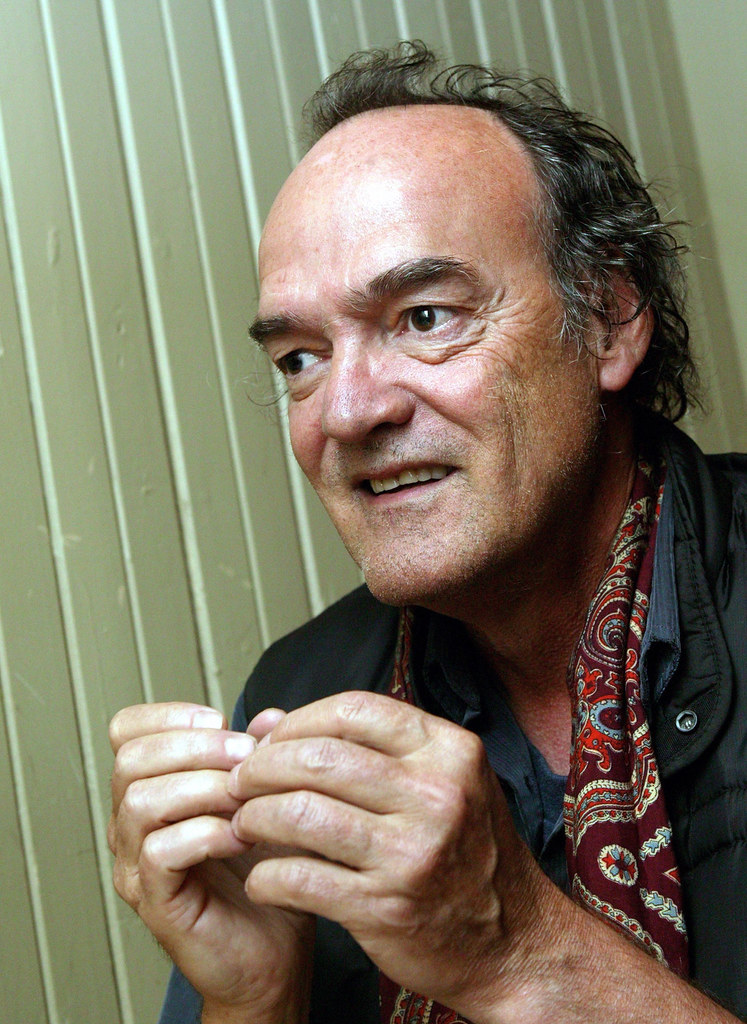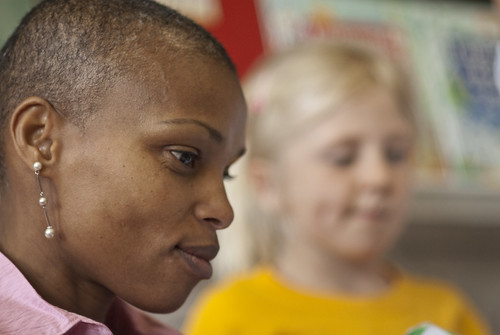
Cette semaine à Sunny Side of the Doc à La Rochelle, l’ONF et ARTE France ont annoncé une collaboration pour la production de documentaires pour le web. Ils produiront un documentaire par année, avec un budget de 100.000 $ Can. Les deux ont déjà une expérience considérable avec les webdocs.
Depuis presque un an déjà, l’ONF a mis en ligne un projet majeur, PIB – L’indice humain de la crise économique Canadienne. La Directrice du programme français, Monique Simard, une ancienne dirigeante syndicale et politicienne dont les préoccupations sociales sont bien connues, a pris l’initiative de cette expérience.
Son intuition de départ: la crise économique ne serait pas passagère, et elle serait assez profonde pour changer le cours de la vie de beaucoup de gens. Le projet PIB a permis à beaucoup de cinéastes et photographes à travers le pays de suivre des personnes affectées par la crise. Je n’ai pas regardé tout, évidemment, mais voici quelques impressions.
D’abord, l’architecture du site est impressionnante, le design aussi. On a accès aux histoires racontées dans les deux langues officielles, avec sous-titres au besoin. On peut voir des épisodes multiples dans l’ordre qu’on choisit. On peut commenter, partager, utiliser les médias sociaux pour en parler.
Pour le contenu, je l’ai trouvé très inégal. Il y a d’excellentes histoires, comme ‘Famille à la Casse’, l’histoire d’un couple formé d’un travailleur et une travailleuse de l’automobile, Brian et Cassandra, qui perdent leurs emplois et doivent se battre pour survivre. C’est très dans la tradition du documentaire, sans la structure dramatique mais en échange l’avantage du suivi de l’histoire à travers les épisodes.
La même chose vaut pour un reportage sur une famille immigrée qui tient un motel en Colombie Britannique – on rentre dans leur univers, on comprend les défis qu’il doivent relever et leurs émotions. Parfois une série commence bien, comme cette histoire d’un groupe de jeunes femmes dans l’Ouest qui tentent de sortir de leur endettement – mais à un moment donné il ne se passe plus grand chose, on tourne en rond et on fait du remplissage. Et puis, il y a malheureusement des histoires qui ne donnent pas grande chose, ni côté humain ni côté production.

Une des plus belles surprises de ce projet est la qualité des reportages photo, réalisés notamment par Renaud Philippe à Québec, Brian Howell à Vancouver, Goh Irotomo et Craig Chivers à Toronto. La photo ci-haut est tirée justemment d’un reportage de Renaud Philippe intitulé ‘Le vouloir c’est le pouvoir’.
La semaine prochaine: une conversation avec Hélène Choquette, la réalisatrice qui coordonne PIB/GDP.
Merci à Tobi Elliott pour son aide avec ce blog.





